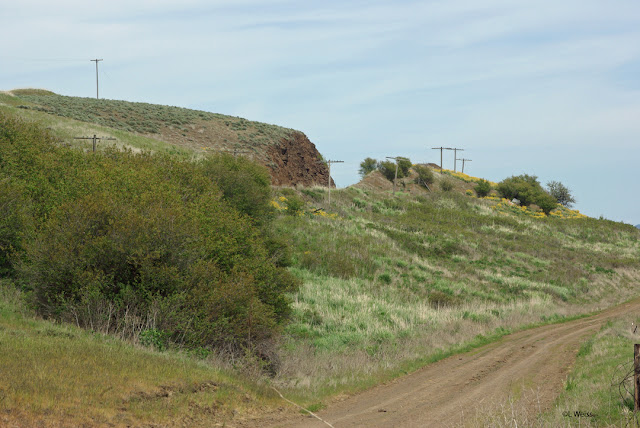Historical Scars
At the peak of railroading in the United States, over 250,000 miles of track crossed the continent (source: ICC). More than 180 Class 1 Railroads were operating by 1930 (AAR). The next 80 years would see a dramatic reduction in these numbers, brought about through rationalization of duplicate lines, corporate mergers, and outside pressures like affordable air travel and the Interstate system.
Often left behind are remnants of these original companies and rail lines. They exist in large cities and small towns alike. Dearborn Station in Chicago still stands, but the multitude of railroads that used it daily are gone as are the tracks and station platforms. Shops and a small park now take their place. Countless abandoned grain elevators still dot small towns where tracks used to connect them. A few still offer storage and service via trucking, but more are just silent hulks. Large or small, these are relics of that railroading peak 80 years ago.
Between the towns and cities lie other remembrances: the landscape scars. They are a cut that still exists in the side of a hill, or tunnel that gapes darkly at the surroundings. A small bridge over a little creek, or gravel atop a culvert. Line side poles sometimes follow these scars along, although time has brought many down one way or another. They are not always obvious - it's easy to quickly drive by these disturbances in the land without giving a second thought. Many have also been tilled into surrounding fields or simply overcome by the vegetation that surrounds them. Nature continually works to rework and reclaim.
The picture above is the Milwaukee Road's Pacific Coast Extension, just east of Rosalia, WA. Here, the poles are in place and the cut in the side of the Palouse hill nicely marks the line traced out in the early 1900s. Old tunnels and bridges abound nearby as the line sets its sights on the Bitterroot Range just to the east. These are the historical scars that mark some part of the way things used to be. Things weren't always better, but they were different. From big city stations to cuts in the hillsides, they're good reminders of what went before.
Often left behind are remnants of these original companies and rail lines. They exist in large cities and small towns alike. Dearborn Station in Chicago still stands, but the multitude of railroads that used it daily are gone as are the tracks and station platforms. Shops and a small park now take their place. Countless abandoned grain elevators still dot small towns where tracks used to connect them. A few still offer storage and service via trucking, but more are just silent hulks. Large or small, these are relics of that railroading peak 80 years ago.
Between the towns and cities lie other remembrances: the landscape scars. They are a cut that still exists in the side of a hill, or tunnel that gapes darkly at the surroundings. A small bridge over a little creek, or gravel atop a culvert. Line side poles sometimes follow these scars along, although time has brought many down one way or another. They are not always obvious - it's easy to quickly drive by these disturbances in the land without giving a second thought. Many have also been tilled into surrounding fields or simply overcome by the vegetation that surrounds them. Nature continually works to rework and reclaim.
The picture above is the Milwaukee Road's Pacific Coast Extension, just east of Rosalia, WA. Here, the poles are in place and the cut in the side of the Palouse hill nicely marks the line traced out in the early 1900s. Old tunnels and bridges abound nearby as the line sets its sights on the Bitterroot Range just to the east. These are the historical scars that mark some part of the way things used to be. Things weren't always better, but they were different. From big city stations to cuts in the hillsides, they're good reminders of what went before.




Comments